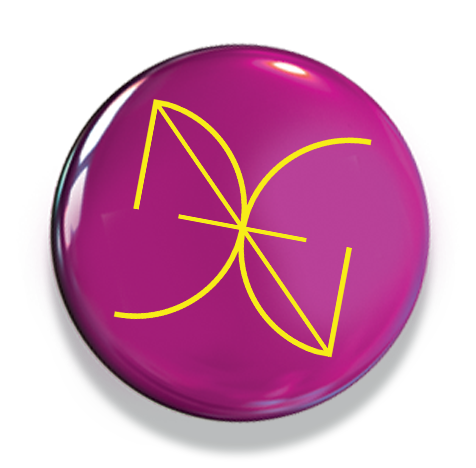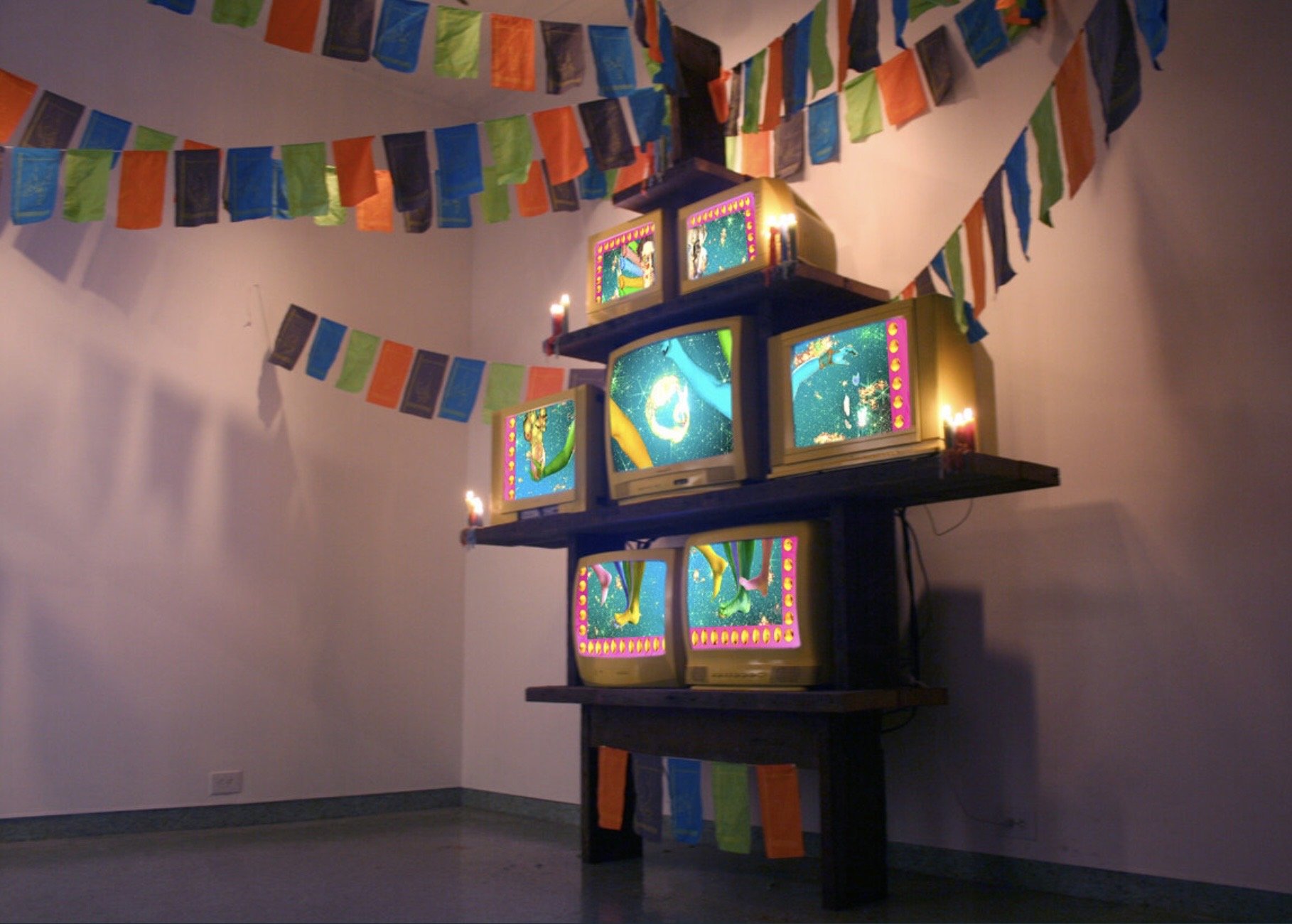My Yellow CRT tvs
Traffic Light, installed at Octavia Gallery in 2010
Why the yellow tvs
In the early 2010s, working CRT TVs were plentiful in the trash. People were upgrading to flatscreens and would leave their totally functional CRT work horses out on the curb and they were built so well they could even survive a few rainstorms before they were rescued.
As a young video artist I was focused on making multi-channel installations, and the cheapest option was making unsynched CRT sculptures with DVD players as the playback units. I loved the way the CRTs looked and added that glowy analog patina to the videos. I wasn’t really aware of the history of video art or referencing it, at least initially.
I needed the screens to exist sculpturally so I gave them a signature treatment. An acrylic spray paint formulated for plastic. The yellow was the most interesting and so that became my tv color. After my first few exhibits, friends and acquaintances started bringing me TVs or altering me when they saw new ones in the trash. By 2011 I had a garage with 20 CRT TVs available.
an article for Art in America by Dan Cameron about this installation
Open Arms installed at The Front, 2010
Open Arms, at C24 Gallery NYC, 2011
The Bet 1998, 2011, installed at Antenna Gallery
Primer installed at The Front, 2009. This was my first CRT installation and first solo show. pre-yellow period.
Where are they now?
I googled them and found, what I am pretty sure is them for sale or rent in Burbank, CA. I remember how they felt, their weight and how I would carry them. I moved them around so many times. Maybe a collector could buy them to preserve them for my looming retrospective in 20 years? It’s amazing that they still work. When I found them originally it was usually in the trash after being rained on for a few days. And then they were already like 10-15 years old.
yellow tvs for sale or rent
CRT TV Art in General
Cathode Ray Tube (CRT) technology was the standard for television and computer monitors until the early 2000s, and during its heyday, it inspired a new art form known as CRT video art. CRT video art emerged in the 1960s as artists began experimenting with the new medium of video, and it quickly became a key component of the broader movement of video art.
Early CRT video art was characterized by its focus on the medium itself, with artists exploring the unique properties of CRT technology. Many early works were abstract, using the CRT's lines and dots to create intricate patterns and textures. Artists also experimented with color, manipulating the hues and saturation of the CRT to create new visual effects.
As the medium of video became more widely available in the 1980s and 1990s, CRT video art continued to evolve. Artists began using more sophisticated video equipment, such as digital video cameras and nonlinear editing systems, to create increasingly complex works. They also began to incorporate other media into their installations, such as sound and sculpture, blurring the boundaries between different art forms.








